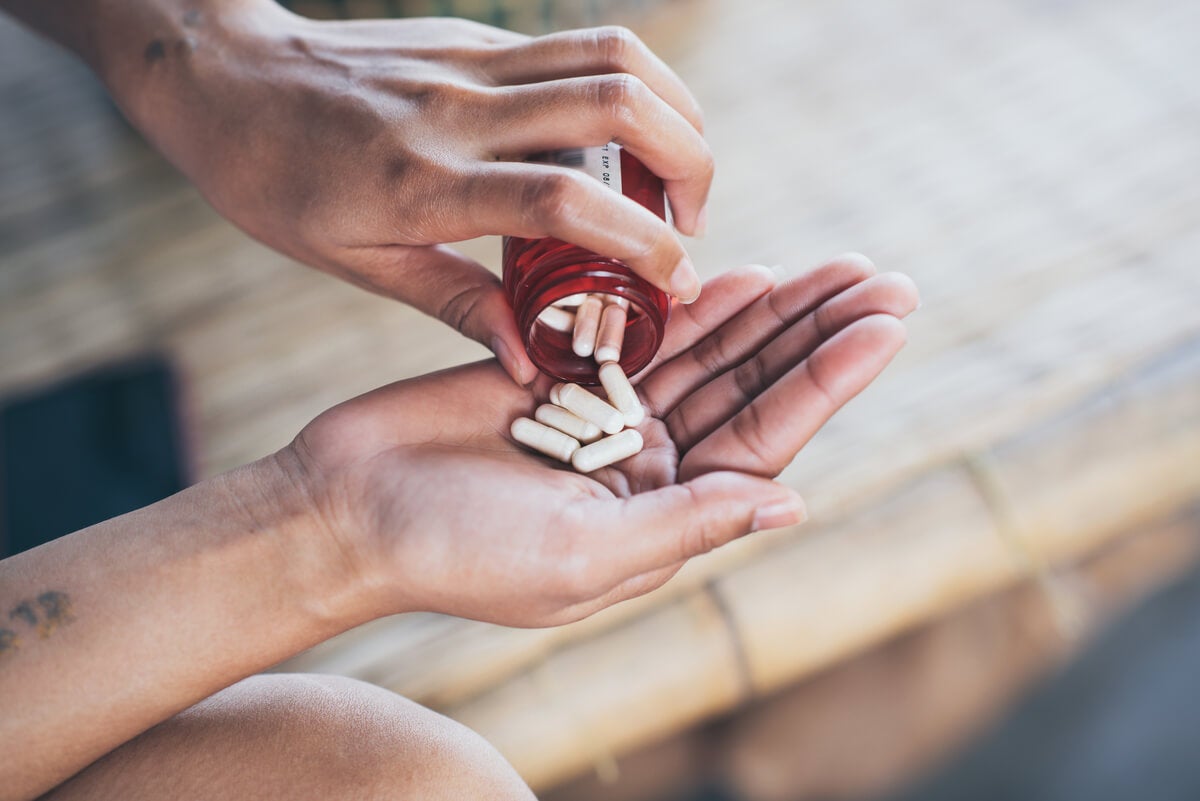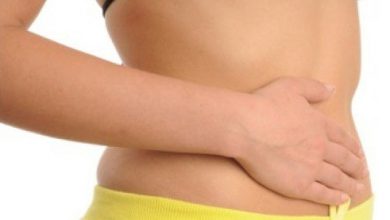6 Habits That Give You Vaginal Yeast Infections

The vaginal area is one of the most sensitive areas in women. Therefore, taking care of it is of vital importance to maintain health and comfort. One of the problems that occur in this area is vaginal yeast infections.
A vaginal yeast infection is a yeast infection . This causes intense irritation, discharge, and itching in the vagina, vulva, and vaginal opening tissues. T It is also called vaginal candidiasis and can affect any woman, at any time in her life.
For this reason, we invite you to know the habits that can cause vaginal infections yeast and learn to avoid them.
Symptoms of vaginal yeast infections
Before starting to talk about the habits or mistakes that can cause this problem, it is important to know how to recognize it. Yeast infection symptoms can range from mild to moderate and include:
- Vaginal pain
- Vaginal eruption
- Redness and swelling of the vulva.
- Thick, white, odorless vaginal discharge.
- Itching and irritation in the vagina and the tissues at the vaginal opening.
- Burning sensation, especially during intercourse or urination.
Habits that cause a vaginal yeast infection
Now that you know what the symptoms are, it’s time to talk about what causes this problem. You will find that most of the causes seem trivial, however it is essential to pay attention to them and make adjustments to reduce the risks of infection.
1. Wear tight or damp clothing

The first of the habits That cause vaginal yeast infections is the use of clothing that is too tight and made of fabrics that do not facilitate perspiration. Therefore, it is always recommended to wear cotton underwear (and lower body garments in general), which are not tight.
Keep in mind that fungi, bacteria and yeast thrive in humid, warm and dark environments . Therefore, the increased humidity caused by tight clothing creates the perfect environment for yeast to grow and infections to develop.
How to prevent it?
- Wear cotton underwear daily and if you are going to wear leggings and jeans , make sure that they do not fit tight. We also recommend that you avoid wearing tight underwear and pants at the same time.
- Also, change your clothes after 8 to 12 hours or after exercising if you’ve been sweating. And never “recycle” your gym clothes.
- After going swimming, take off your wet bathing suit as soon as possible.
2. Use of douches
In any supermarket and pharmacy you can find items to wash the vaginal area from the inside. The problem is that douching disrupts the natural balance of vaginal flora and cause vaginal yeast infections, among others.
How to prevent it?
- It’s best to avoid douching unless your doctor tells you otherwise.
- The cleaning process of this area of your body is done by your body naturally without the need for you to help with showers. On the other hand, you can wash yourself with water.
3. Swim frequently in public pools
Pools can cause vaginal yeast infections because chemicals used in water can alter vaginal pH . Although these chemicals are intended to keep swimming pools in good condition, they cause Candida albicans to start multiplying.
How to prevent it?
- Avoid spending a lot of time in the pools. If you practice swimming It is important that you change out of your wet bathing suit as soon as possible and dry the area with a clean soft cotton towel.
- When drying the vaginal area, do it carefully and without rubbing to avoid irritation.
4. Lead a life with a lot of stress
Stress can compromise the immune system and facilitate the development of vaginal yeast infections. When you combine this factor with others, your body will have a hard time fighting the development of yeast infection.
How to prevent it?
Although stress is common in today’s lifestyle, it is important that you learn techniques that reduce its effects. Try meditation, yoga, and regular exercise.
5. Take antibiotics

Taking antibiotics for long periods of time can cause vaginal yeast infections, among other things. This is because antibiotics not only kill microorganisms that are harmful to the body They also change the vaginal pH to a less acidic one.
How to prevent it?
To avoid getting a yeast infection while taking antibiotics, check with your doctor about whether to take supplements probiotics every day for the duration of the treatment and at least one week after it has been completed.
6. Not changing feminine pads and tampons frequently
As we said, yeast reproduces in humid environments, and feminine pads and tampons can keep excess humidity if they are kept for a long time and the area is also “refreshed” with a water wash.
How to prevent it?
- Make sure to change pads and tampons often, especially as the weather warms up. If you can, at least during the days of higher flow, it would also be advisable to wash with water before inserting the new tampon.
- Some women overlook this because their period flow is minimal, but the ideal is to make a change every 5 hours maximum .
- In addition, it is recommended that you avoid towels and tampons with chemicals or fragrances.
Discover: Misuse of pads and tampons
What to do if you have vaginal yeast infections?
Under normal circumstances, a vaginal yeast infection is not serious and can be treated with medicine. However, it is always a good idea to see your gynecologist to receive the correct treatment and rule out any serious problems.
You can consult the following Guide for the clinical practice of vaginal infections to get an idea of what your doctor can tell you.









